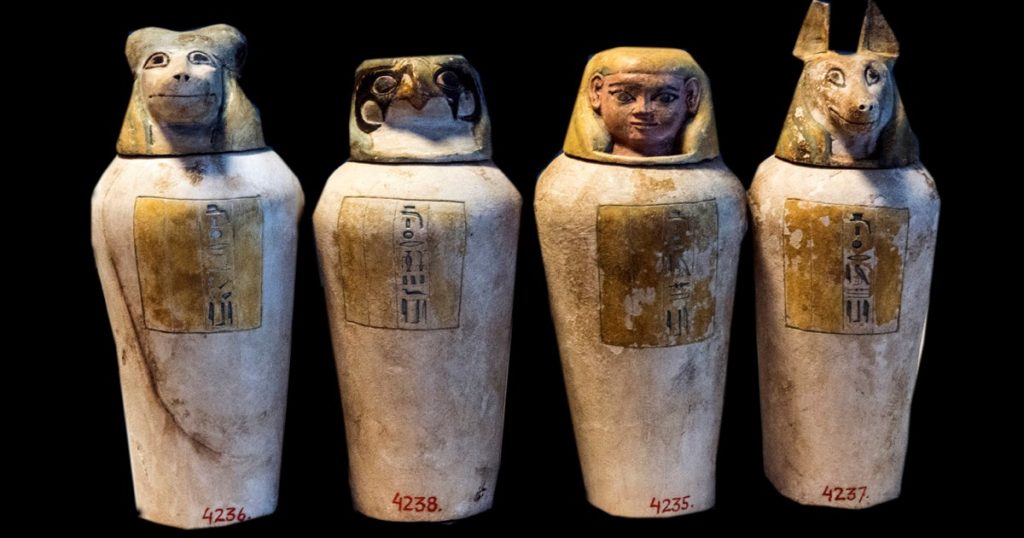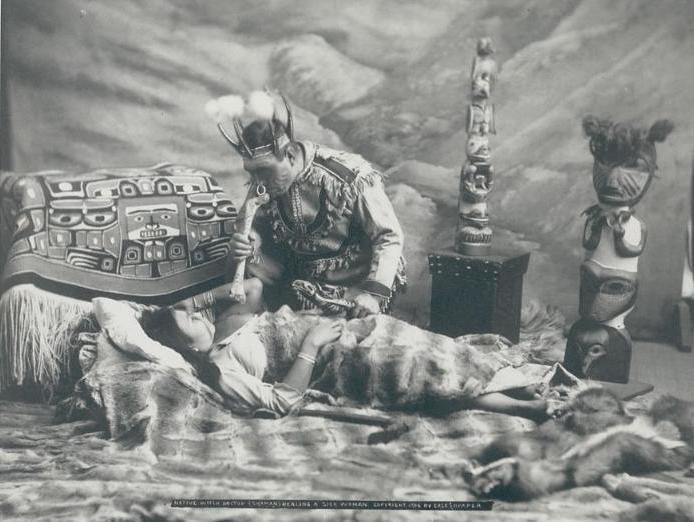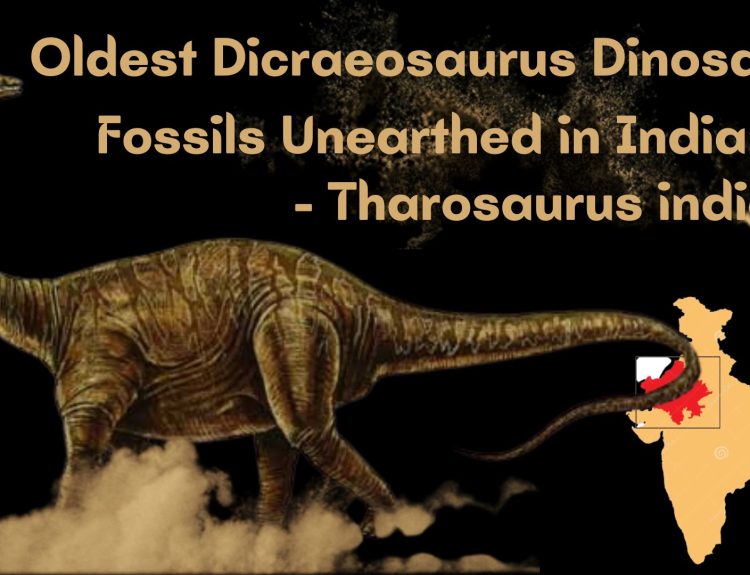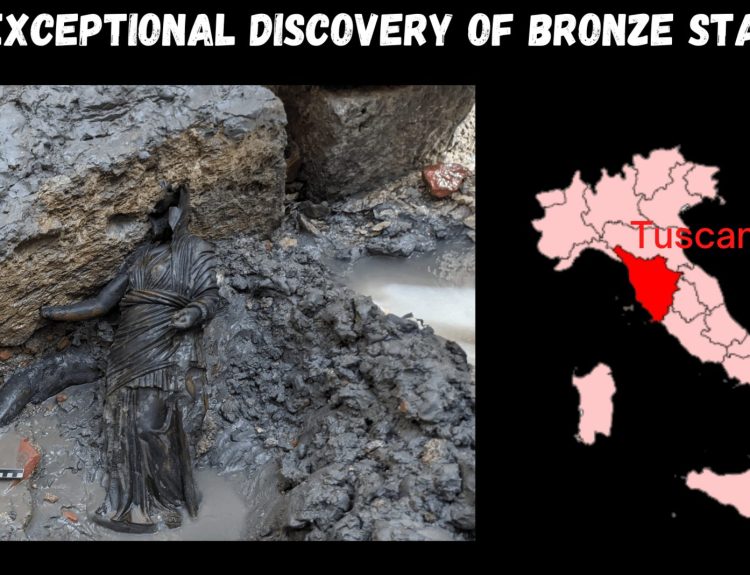Mummification developed by the ancient Egyptians was highly ceremonial. Mummification is the process of drying out and wrapping the body to preserve it for its journey afterlife to immortality. Dead was seen as a temporary state and a dead person’s spirit needed a body. The process of mummification varied depending on the status and wealth of a person.
The Mummification process
First, the body was purified by the priest. Once the body was properly cleansed, the brain was taken out through the nostrils with the help of an iron rod.
The body was then cut open and all the internal organs were removed except the heart. Ancient Egyptians believed that the heart was the centre of a person’s existence and would guide the body in the afterlife.
The liver, lungs, stomach and intestine were then preserved in the four canopic jars, one for each organ and placed near the sarcophagus (a stone coffin) so they can be reunited with their owner in the afterlife and prepare it for safe arrival to the afterlife. Each jar protected a separate organ.

The empty body was then filled with sawdust and linen to bring it back to its original shape. Next, the body was covered with salt and left for many years (for about 40 days) until all moisture gets removed.
Perfumed oils and plant resins were rubbed on the dead body. The thick resin was used to glue the strips around the body. The body was then wrapped head to foot in thousands of linen strips. Magical spells were cast to protect the body. The wrapping technique was separate for men and women. Men had their arms crossed on their chests while women had the right arm folded over the breasts and the left arm stretched along the body. However, the technique evolved with time. Eventually, the body as a whole was wrapped with limbs alongside the body. A face mask was used to cover the head.
The body was then placed on a wooden board. A pouch was placed on the chest. That pouch had a religious significance. Other different things like amulets, jewellery, clothes, even petrified cats or dogs were also placed. Each item was linked to a myth related to rebirth.
The mummy was placed in the coffin which was usually covered with inscriptions and decorations specifying the name and titles of the deceased.
The Mummification of Seti
Seti the first was a successful Pharaoh. His mummy is one of the finest mummies in all of ancient Egyptian History. Seti’s mummy is unusual. His face is very well preserved. He looks almost perfect (not look like 3000 old).

Conclusion
The Egyptians were so skilled that even today, people that were mummified thousands of years ago, still have recognizable features.
Read more-
Ghost Town- an abandoned village
- The Maharaj Libel Case of 1862: A Landmark in Colonial Legal and Social History
- Acclimatization: The Subtle Dance Between Humans and Their Environment
- The Anthropology of Sleep
- Lamarck’s Theory of Evolution
- Bipedalism and Structural Changes







